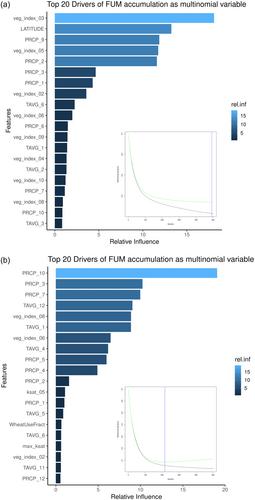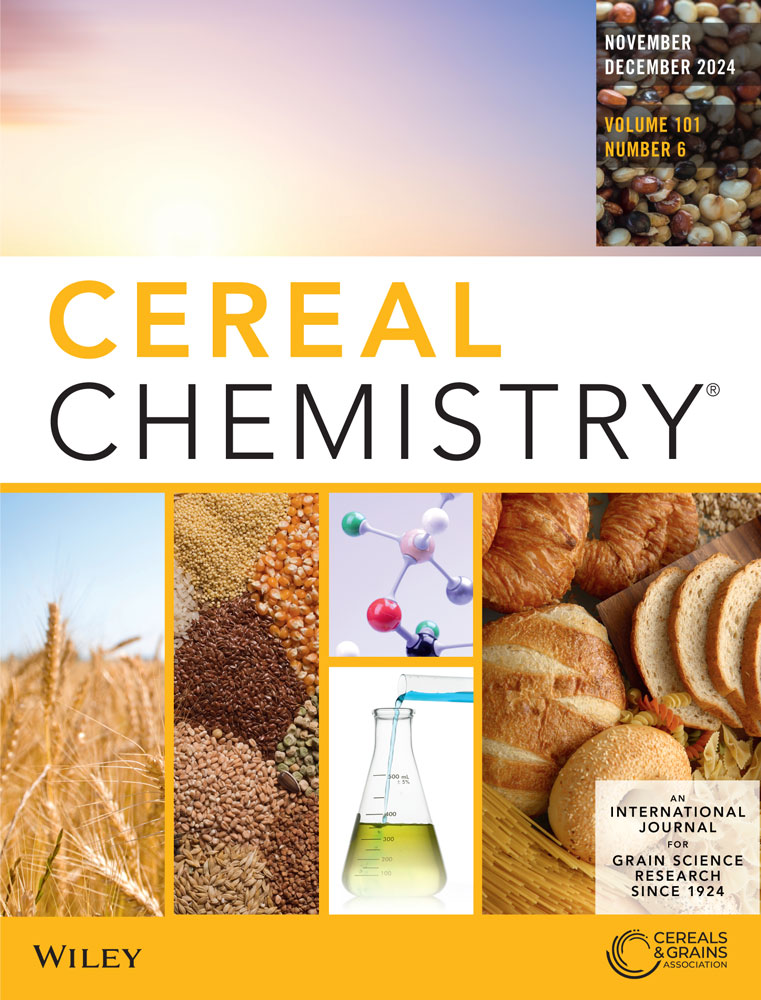Predicting fumonisins in Iowa corn: Gradient boosting machine learning
Abstract
Background and Objectives
Fumonisin (FUM), a secondary metabolite from Fusarium spp., poses major concerns for the United States corn industry. This study evaluated a prepublished Illinois-centric predictive model with historical Iowa FUM contamination data using gradient boosting machine (GBM) learning and compared influential predictors with an Iowa-centric model. Corn samples (n = 529) were collected from 2010, 2020, and 2021 in Iowa's 99 counties, and 2011 data were used for independent validation (n = 89).
Findings
Applying a 2 ppm (mg/kg) threshold for FUM high and low contamination events, the overall accuracy was 71.08% and 85.39% for the Illinois- and Iowa-centric models in 2011. Balanced accuracies were 60.23% and 50.00% for the Illinois- and Iowa-centric models. For Iowa's remaining years (testing data), the overall accuracy was 98.10%, and balanced accuracy was 50.00%.
Conclusions
FUM-GBM analyses determined the top influential predictor for the Illinois-centric model was satellite-acquired normalized difference vegetation index (NDVI) (Veg_index) in March, whereas the top predictor for the Iowa-centric model was precipitation (PRCP) in October.
Significance and Novelty
Results indicate that meteorological and agronomic events, such as PRCP and Veg_index in early planting stages and during harvest, may influence the probability of high FUM levels in corn.


 求助内容:
求助内容: 应助结果提醒方式:
应助结果提醒方式:


